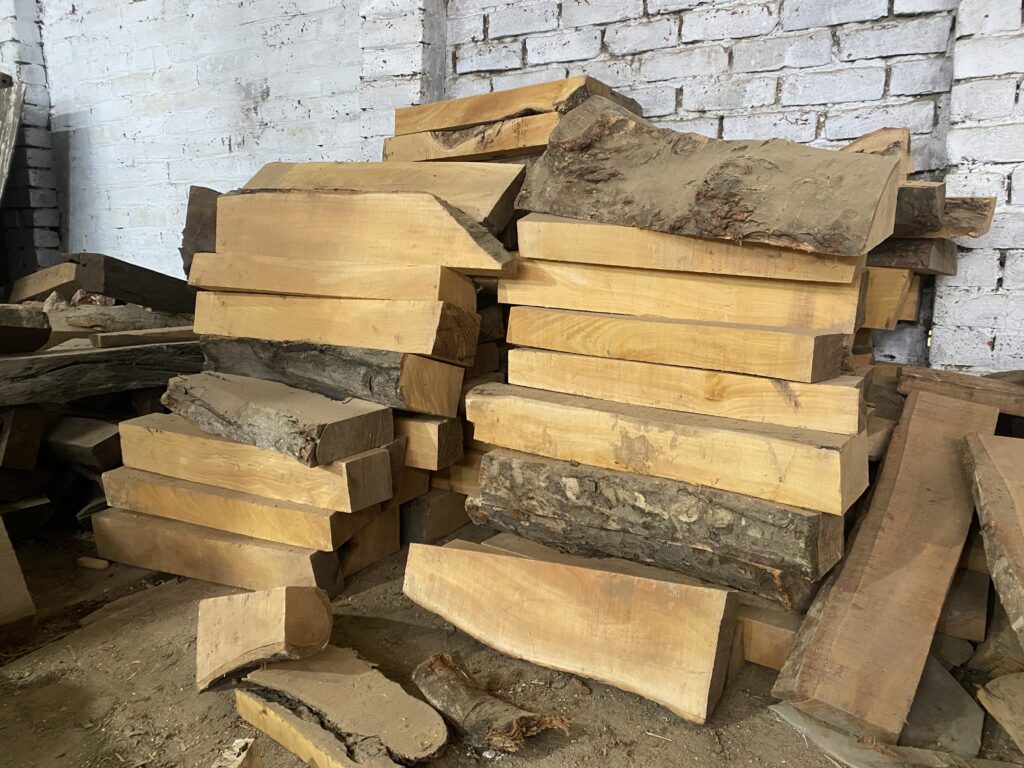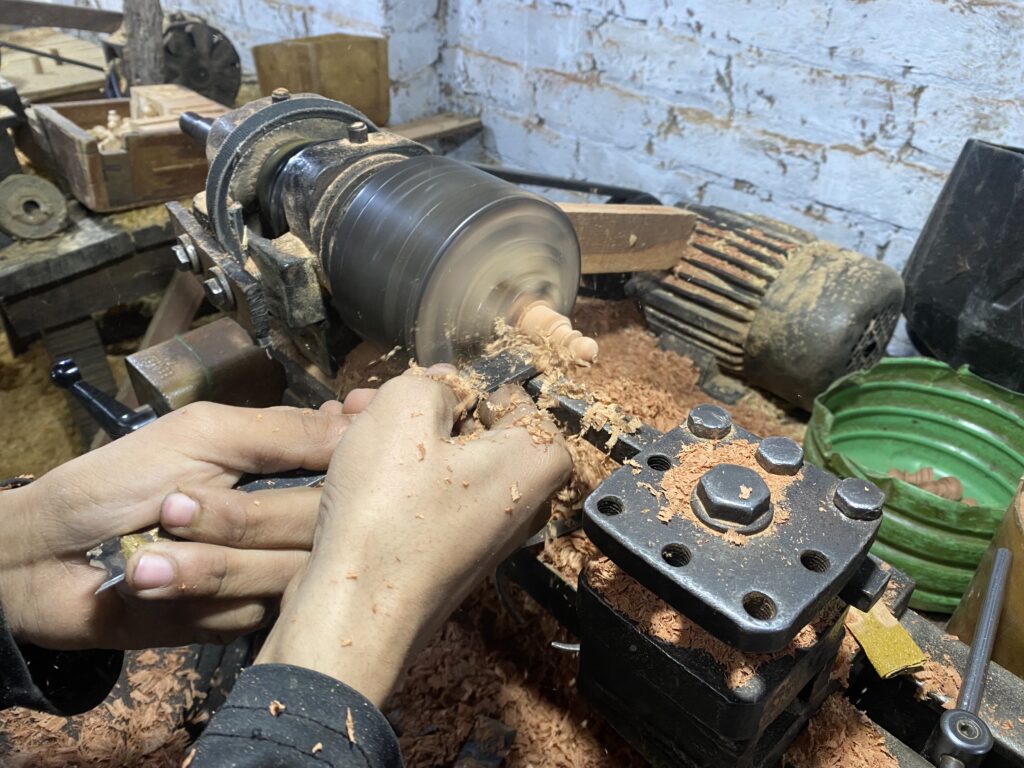Flat 30% OFF Use Code FLAT30
Flat 15% OFF Use Code STORE15
Flat 40% OFF Use Code FLAT40
COD Available
Flat 30% OFF Use Code FLAT30
Flat 15% OFF Use Code STORE15
Flat 40% OFF Use Code FLAT40
COD Available
There’s something timeless about a wooden chess set—the smooth feel of the pieces, the weightiness of the pawns, and the satisfying click of the king’s crown as it stands tall. Unlike plastic or mass-produced sets, a handcrafted wooden chess set tells a story. Each piece is imbued with the artistry and care of its maker, creating a unique fusion of craftsmanship and chess strategy. For many enthusiasts, owning a handcrafted wooden set is more than just a pastime; it’s a connection to the game’s rich history, and a piece of art to be cherished for generations.
The process of making wooden chess pieces is an intricate one, requiring skill, patience, and an understanding of both the game and the art of woodworking. From selecting the right type of wood to carving and finishing each piece, creating a wooden chess set is a meticulous journey. Let’s dive into the fascinating process of making these beautiful, functional works of art.

The foundation of any high-quality chess set begins with the selection of wood. Wood not only gives a chess set its aesthetic appeal but also its durability and weight. Choosing the right type of wood is crucial because it affects the texture, finish, and overall feel of the chess pieces. Here are some common types of wood used in chess making:
Some makers use combination wood sets, where the light and dark pieces are made from different types of wood (like boxwood and rosewood) to create contrast and visual appeal.

Before any carving begins, the design phase is crucial. Crafting a chess set is about more than just making pieces—it’s about creating a balance between form and function. A wooden chess set can be either traditional or modern in style, and the designer must carefully choose the shapes, sizes, and proportions of the pieces to ensure both aesthetic beauty and comfortable play.

Once the design is decided upon, the process of shaping the chess pieces begins. This is where the true craftsmanship comes into play. The maker will start with a block of wood and use tools like carving knives, lathes, and saws to give each piece its basic shape.
Once the basic shapes are complete, the chess pieces undergo detailing. This is where the true artistry of wooden chess-making comes alive. The woodworker carves in the finer features of each piece, making them more recognizable and distinctive.
Once the pieces have been shaped and carved, it’s time to enhance their appearance. This involves staining and polishing the wood to bring out its natural beauty and depth of color.
While the focus is often on the pieces, the chessboard is just as important in a wooden chess set. The board is typically made from the same wood as the pieces and is crafted with a similar attention to detail. Most chessboards feature a grid of alternating squares, which are carefully measured to ensure perfect symmetry. In high-quality sets, the chessboard may be inlaid with different types of wood to create an elegant, refined look.
Some chess boards are foldable or come with storage compartments for the pieces, making them practical as well as beautiful.
The final step in the process is the presentation. A beautifully crafted wooden chess set is often presented in a custom-made box or a high-quality case, adding a sense of grandeur and making it suitable for display. The pieces are carefully wrapped to prevent damage, and the board is polished to ensure a smooth playing surface.
Wooden chess sets aren’t just about play; they’re about preserving a tradition. Each piece is an extension of the maker’s craft, representing the intersection of art and strategy. A wooden chess set has a tactile feel that makes the game more immersive, and it can last for generations. The warmth of the wood, the weight of the pieces, and the elegance of the design all contribute to an experience that plastic or mass-produced sets simply can’t replicate.
Making a wooden chess set is a labor of love. It requires immense skill, patience, and attention to detail. But for those who appreciate the artistry behind it, a handcrafted wooden chess set is more than just a game—it’s a masterpiece, a work of tradition, and a timeless piece of chess history.
For Buy Premium and Quality Chess Click Here – https://bosshandicrafts.com/shop/